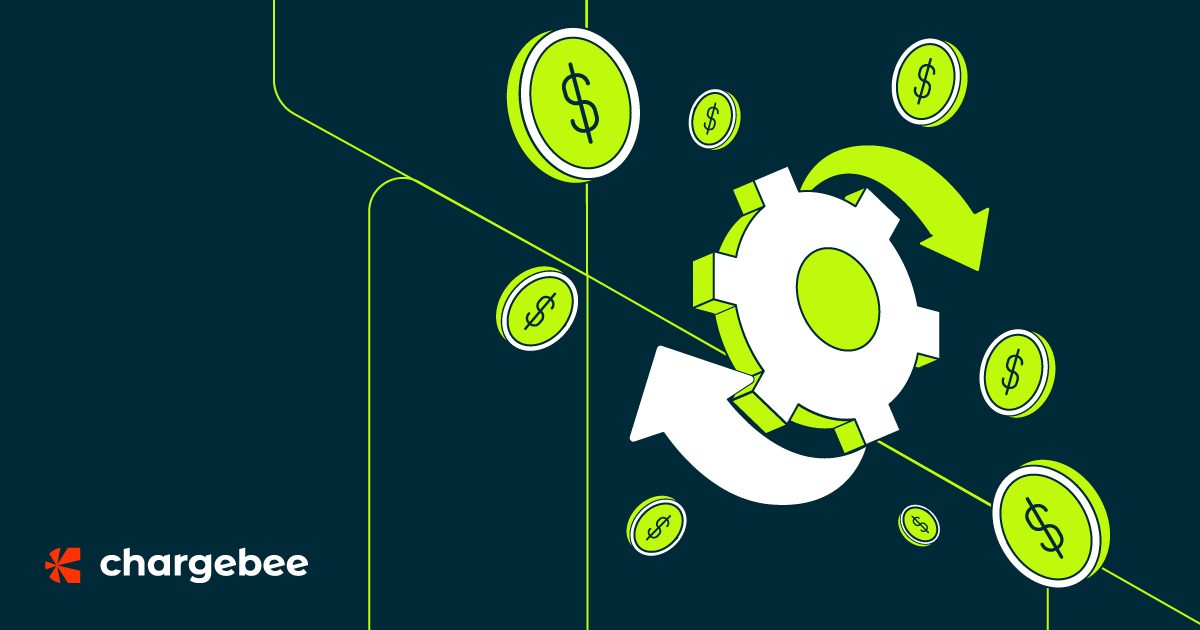In most cases, recurring billing is associated with direct debits or debit orders. However, online credit and debit card recurring billing provides the same recurring collection conveniences and other benefits such as a global sales reach, faster funding and real-time authorizations.
Below are some reasons why MSPs(Managed Services Providers) should consider automated recurring billing system for their operations:
1. Improve Customer Billing
One thing that can make or break your relationship with customers is the billing process. A cumbersome billing process is not only expensive on your side, but also frustrating to customers. In the initial stages of your MSP business, you may be able to bill customers manually. However, as your user base grows, manual billing becomes more expensive.
Manual billing takes time and is prone to human errors. To bill your customers, you will have to request for their credit card details, call their bank to find out if they have enough funds for the transaction, etc. This wasted time could be better utilized to improve your business.
Having a recurring billing system that automates charges will significantly improve your billing accuracy and leave you with more time to concentrate on other important aspects of running your business.
2. Custom Pricing and Discount Plans
MSPs usually offer their products in packages. This is understandable given that users have different requirements for the same service. When you have different service plans, the service fees should reflect the different service consumption.
A recurring billing system can help you set up custom pricing and discounts for your customers. Moreover, you can easily see your recurring revenue records and extrapolate it over a specific time period.
Online customers love discounts. A recurring billing system can help you manage your discounts. For example, if you have a special holiday discount or upgrade discount, the system can easily configure the discount amount to be applied on checkout without any need to modify code on your website.
3. Multiple Renewable Options
Your customers may be comfortable with different billing options and renewals schedules depending on different factors. For example, some customers may prefer renewing their subscriptions on a monthly basis while others will be more comfortable with annual plans. Managing these different billing schedules manually can be difficult.
You can streamline your work and improve efficiency by using a recurring billing system. The software will automatically bill customers based on their plans and preferred renewal dates. Apart from this, your customers can pay their bills through multiple options such as credit cards, PayPal, Stripe, Braintree, WorldPay among others.
Providing different payment options makes it easy for users to remit payments. The last thing you want to do is lock out potential customers from purchasing your service because you do not support the payment option they prefer.
4. Reduce Delinquencies
Customers may fail to make their subscription payments due to different reasons. Here are possible scenarios when payments may be defaulted:
i) The user forgets to renew his subscription.
ii) The user’s card does not have enough funds or has been blocked by the bank.
iii) The user’s credit card has reached its spending limit or has been restricted by the card issuer.
iv) The credit card is reported to have been stolen or used for fraudulent transactions
Billing customers manually and following up on them when payments do not go through can be difficult and time consuming.
You can manage the billing cycle more efficiently and reduce payment delinquencies using a recurring billing system. A system with dunning management capability can automatically process payments and can be configured to retry charging the customer’s card after a set period. The system can also send you and the customer notifications on failed payments so that you can take the necessary action.
5. Flexible Proration
Invoicing your customers on time and accurately is important for your business. Customers should be able to access all their past invoices to know their payment history. Most users seek this convenience for personal reasons. On your part, you may want to view the past transactions of a customer to resolve any payment disputes that may arise.
A recurring billing system provides an easy and automatic way to send invoices to users. You can configure the system to send invoices and reminders after a particular period to improve your collection. Moreover, the invoices can also be configured to include applicable taxes, discounts and other information that may affect billing.
6. Build Customer Loyalty
The easier you make it for customers to make their payments, the better your chances of collecting revenues. But more than that, you will also improve customer service and build loyalty and retention. The result in an increase in the cash flow of your businesses through increased collection.
A recurring billing system enables you to provide users with flexible payment schedules (weekly, monthly, annually, etc.) and have the payments collected automatically. You can also configure the system to take care of other billing aspects such as refunds, transfers, cancelations, etc.
Improve Your MSP Business with Automated Recurring System
Most recurring billing solutions integrate with a variety of common CRMs, ERPs and ecommerce solutions. Before you choose a billing system, think about the needs of your company. What functions are important for your operations?
Ideally, you should go for a billing system that can adapt to your changing billing needs, has real-time reporting capabilities, centralizes multiple revenue sources, integrates revenue recognition with recurring billing and automates recurring and usage-billing processes.
For MSPs, the functionality of the ideal recurring billing solution should support pricing, proration, discounting and policies. The system should also allow for assorted billing frequencies (monthly, quarterly, yearly, etc.) and also support day of the month and anniversary billing.
One of the benefits of running an MSP subscription business model is having recurring revenue, which allows you to accurately predict future revenue patterns based on how many paid users you have, the billing cycle, the services they have subscribed to and so on. Typically, MSP subscription business model requires complex billing and pricing models, real time visibility into the business itself and a flexible and customer-centric recurring billing platform. All these can be achieved through an automated recurring billing solution that is scalable, fully integrated and cost-effective.
Most recurring billing systems have the same functionality. Therefore, when choosing a billing system, consider what is more important for your business. For example, does the billing system integrate with the payment gateway your customers prefer or a CRM that you use? Perhaps your focus is on cost; does the system fit your budget? Will the fees charged by the recurring billing company cut into your profit margins? When it comes to security, is the provider you are looking to sign up with PCI-compliant?
The above are just a few suggestions on the direction you can take when looking for a recurring billing system. What are the main things you look at when considering a recurring billing system?
Do MSPs need a billing system? Share your comments below.

